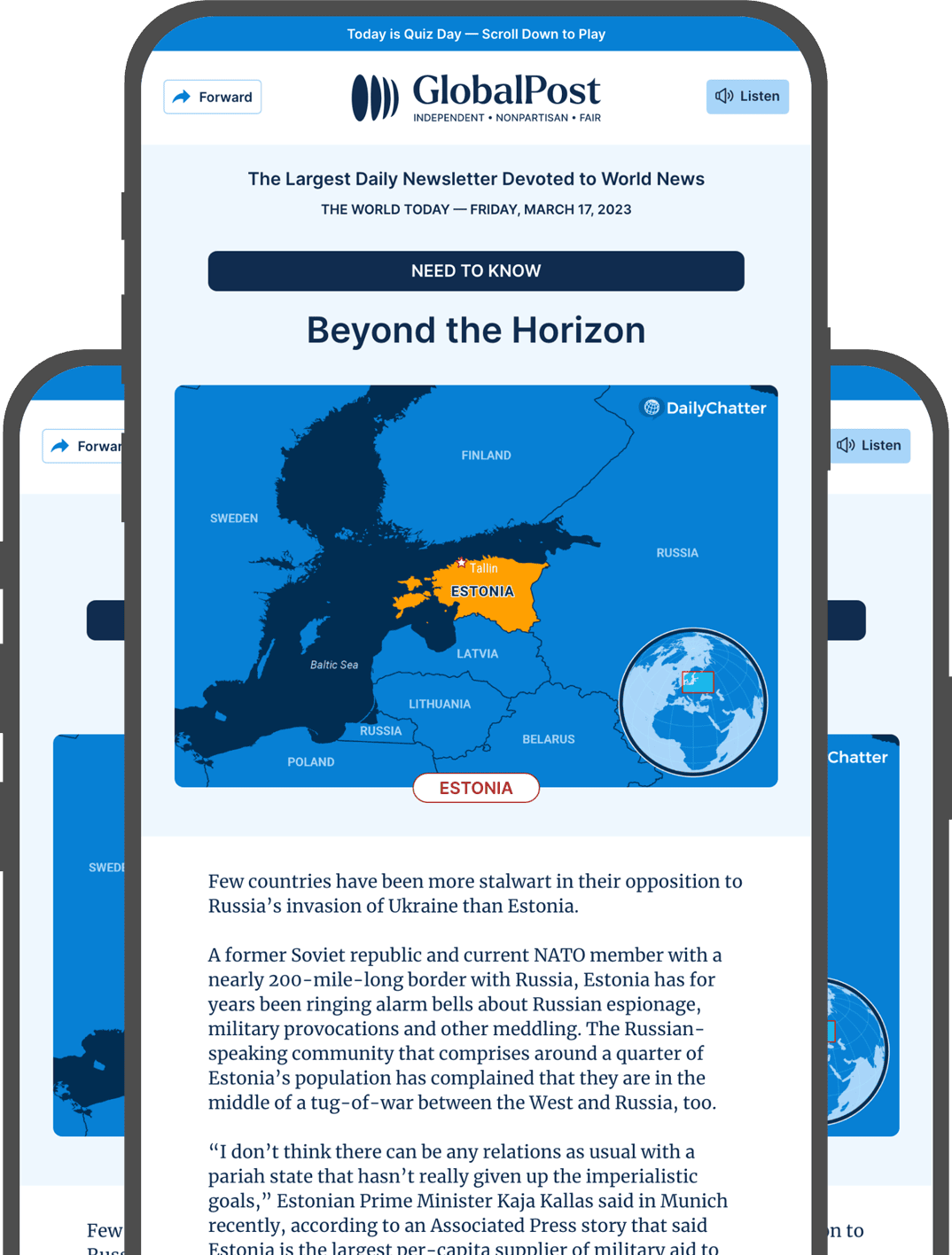Dancing Navigators

Sea turtles aren’t just expert navigators, but also surprisingly expressive when they expect a meal.
Researchers at the University of North Carolina at Chapel Hill discovered that loggerhead sea turtles can memorize the magnetic signatures of geographic locations, a study that could help explain how these reptiles navigate thousands of miles of ocean.
And how did scientists crack the code? By watching turtles do an excited little dance.
“When they get really excited, they stick their heads out, they slap their flippers wildly, they spin in place sometimes,” lead author Kayla Goforth explained in a statement.
This “turtle dancing behavior” turned out to be the key to unlocking a major scientific breakthrough, she added.
The researchers conditioned turtles to associate specific magnetic fields with food, feeding them in one magnetic signature while withholding food in another.
When exposed to the “feeding” magnetic field months later, the turtles immediately began their dance routine, expecting a meal.
“That’s how we figured out what to measure, just by watching them do this as we were feeding them in the lab,” Goforth noted.
This behavior suggests that loggerheads can learn and recall magnetic signatures much like humans drop pins on a GPS map.
While scientists have long suspected that birds and other migratory animals use Earth’s magnetic field for navigation, this study is the first to show that an animal can actually learn and recall specific magnetic locations.
The findings also showed that the marine creatures use two distinct mechanisms to interpret Earth’s magnetic field. One acts as a map that guides them to specific places, while the other works similarly to a compass, helping them swim in a particular direction.
Further experiments showed that an oscillating magnetic field disrupted the turtles’ compass but had no effect on their map sense, suggesting the two mechanisms evolved separately.
That means sea turtles don’t just inherit a natural sense of direction, but also build their own mental maps over time.
“These results provide some strong evidence to support these two different, independent sensing abilities along with the fact that turtles seem to make use of both of them,” Charles Woodward, a chemist, and biophysicist who was not involved in the study, told the Washington Post.

Subscribe today and GlobalPost will be in your inbox the next weekday morning
Join us today and pay only $46 for an annual subscription, or less than $4 a month for our unique insights into crucial developments on the world stage. It’s by far the best investment you can make to expand your knowledge of the world.
And you get a free two-week trial with no obligation to continue.
